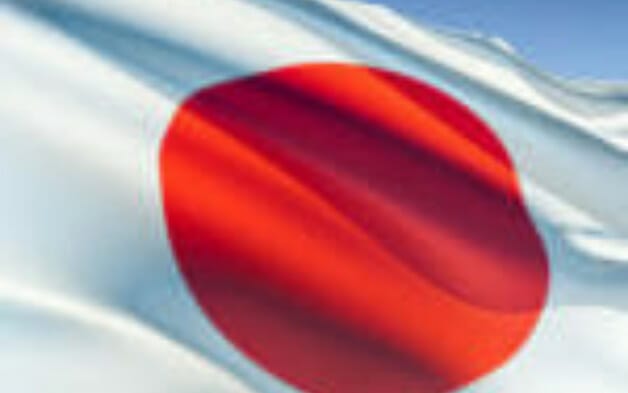Japan’s GPIF feels the heat of see-sawing global equity markets in its latest quarterly results while the latest annual review reveals a shakeup in global active equity allocations in search of more manager diversification.
Global equities led declines in the latest quarterly return at Japan’s ¥193 trillion ($1.4 trillion) Government Pension Investment Fund. The world’s largest pension fund has just posted its second consecutive quarter losses in two years following a drop off in global equities, in stark contrast to last year when it raked in the benefits of soaring global stocks.
GPIF lost 1.9 per cent during the quarter, equivalent to around $28 billion, with global stocks down 5.4 per cent compared to a fall of 3.7 per cent in Japanese equities. On the eve of the pandemic plunging equity markets wiped out $165 billion from the fund’s assets in another example of the see-sawing impact of its giant global equity portfolio.
CIO comments
The latest results follow on from comments made by the fund’s chief investment officer, Eiji Ueda, in his annual review of FY2021, published in Japanese in early July.
Ueda said that GPIF plans to restructure its active overseas equity manager roster, adding managers to reduce concentration risk and boost diversification.
Last year, increased market volatility negatively impacted the ability of the fund’s actively managed equity funds to deliver alpha compared to benchmarks, resulting in all seven incumbent managers underperforming. GPIF, which holds the majority of its equity investments in index tracking strategies, ended the fiscal year with ¥4.7 trillion in active global equity, down from ¥5.7 trillion the year before.
Poorly performing active managers will have been on the sharp end of new fee structures introduced in April 2018 by previous CIO Hiromichi Mizuno. Set up to better align GPIF interests with its external managers, the agreements boost the potential revenue windfalls external managers can expect if returns exceed the benchmark, while offering only passive fees for poorer returns.
Ueda, a former co-head of Goldman Sachs’s Asia-Pacific division, took over from Mizuno in April 2020 at the same time as new President Masataka Miyazono also took the helm. In the annual review, Miyazono highlighted the various factors causing turmoil in the global economy and influencing financial markets, including Russia’s invasion of Ukraine, the continued ripple effects of the Covid-19 pandemic and the US Federal Reserve’s interest rate hikes to combat inflation.
Portfolio split
GPIF’s portfolio is split between bonds and equities, with a slight bias to bonds.
As of June 2022, 25.65 per cent of the portfolio lies in domestic bonds, 25.70 per cent in foreign bonds; 24.12 per cent is in foreign equities and 24.53 per cent is in domestic equities.
The GPIF has a general target of keeping its basic portfolio evenly allocated into these four asset classes on the back of continued rebalancing. The fund’s allocations to alternatives currently hovers between 1-2 per cent well below a permitted 5 per cent of total assets invested in alternatives.
In the latest quarterly results, foreign bonds returned. 2.7 per cent thanks to the dollar’s gain of almost 12 per cent against the yen. Given that over half of GPIF’s assets are invested overseas, the yen’s depreciation since March has helped support the portfolio.



